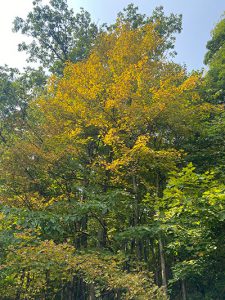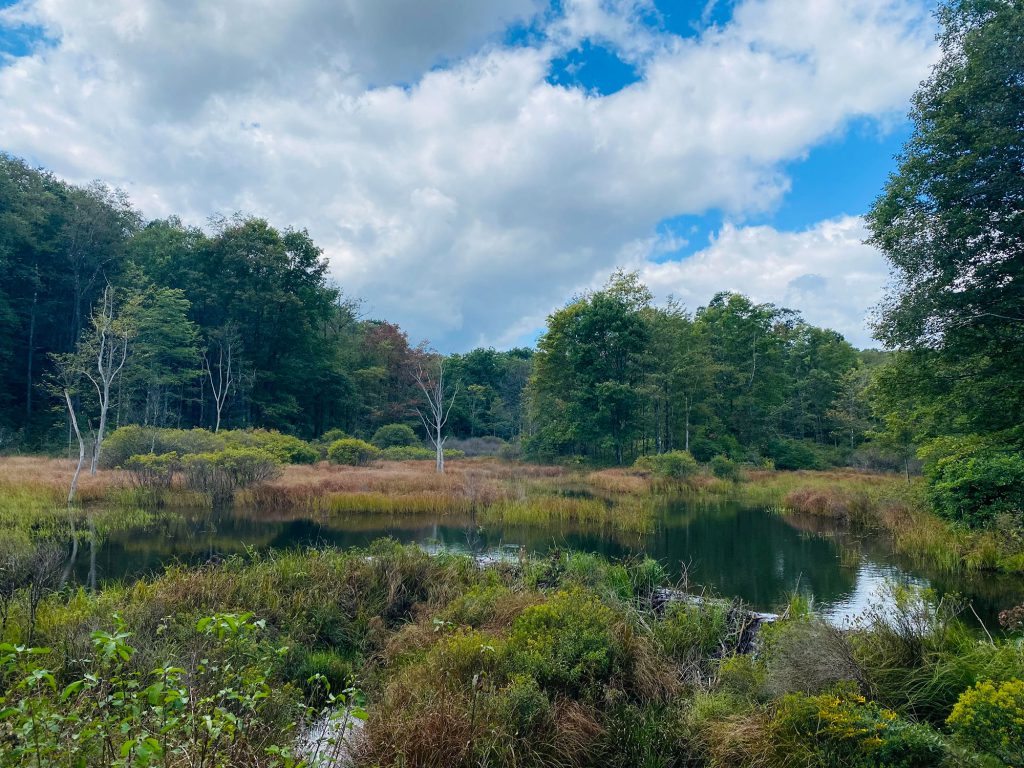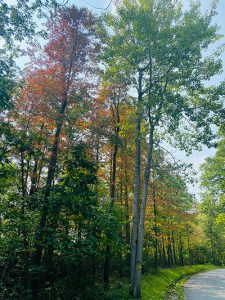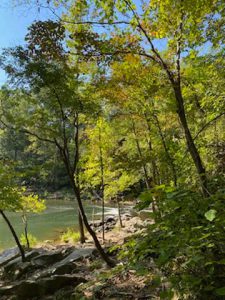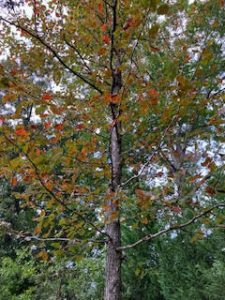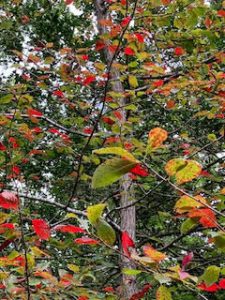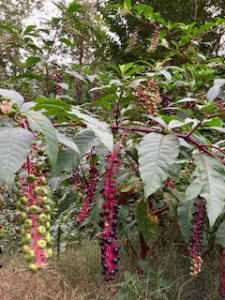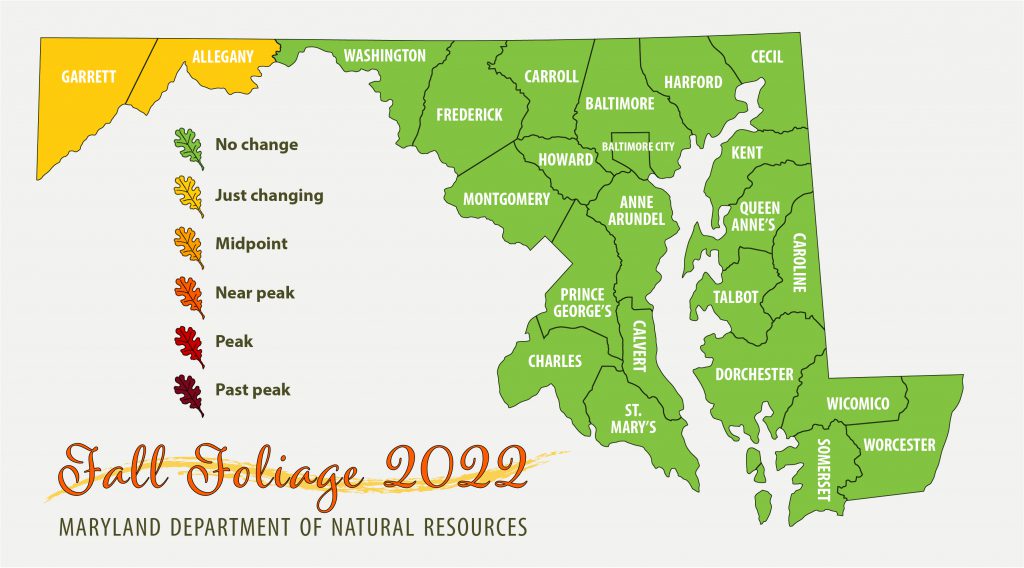
“It was a beautiful, bright autumn day, with air like cider and a sky so blue, you could drown in it.”
– Diana Gabaldon
Cooler temps bring crisp mornings and the hope of finding signs of fall in the treetops. Keep checking back each Thursday for the latest information.
Join us as we follow the transition each week with reports from the experts at our state forests and parks. We welcome all of Maryland’s outdoor enthusiasts to send in photos capturing the beauty of the fall season. Please use the submission form to send your entries directly to us. Your photo might be selected to appear in a future edition of the Fall Foliage Report!
Sign up to receive this report to your email inbox every week in fall.
Western Maryland
The sugar maples in the lower elevations of the Wallman area of Potomac State forest are already displaying vibrant yellow leaves, while the red maples are casting a ruby glow, outlining a wetland area on Snaggy Mountain in Garrett State Forest. Black gums in the higher elevations of Piney Mountain in the Garrett State Forest are displaying a range of autumnal hues, from bold scarlets to warm oranges and yellows.
– Forest Manager Scott Campbell, Potomac-Garrett State Forest
Northern/Central Maryland
We are still seeing lots of green in Patapsco Valley State Park, which is normal for this time of year. Many of our park visitors are enjoying the last gifts of summer – warmer waterways, shady trails, and abundant scenery.
– Park Ranger Alyssa Myers, Patapsco Valley State Park
Southern Maryland
Summer and fall are comingling in southern Maryland, with minimal overall leaf color change. The black gums and yellow poplars are beginning to reveal their fall colors, mixing in with their forest neighbors still holding on to their summer blooms.
– Tree Planting Specialist Cristina Val Perez – Forest Service, Southern Maryland
– Tree Planting Specialist Cristina Val Perez – Forest Service, Southern Maryland
Fall Recreation Spotlight
|
Watch the sky The September equinox occurs on Thursday, September 22 at 9:04 p.m. EDT. The Sun will shine directly on the equator and there will be nearly equal amounts of day and night throughout the world. This is also the first day of fall in the Northern Hemisphere. The “Summer Triangle” asterism of Vega, Altair, and Deneb is still visible in the September sky. Also, Jupiter will make its closest approach to Earth since 1963 on September 26, so sky watchers will have a chance to see it in its full glory—as well as four of its largest moons. Source: Farmers’ Almanac, Monthly Night Sky Guides for Stargazers – Farmers’ Almanac – Plan Your Day. Grow Your Life. (farmersalmanac.com) | 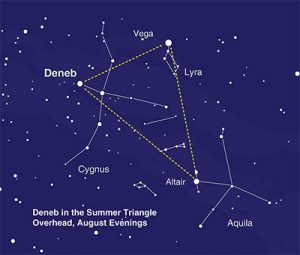
NASA Night Sky Network |


